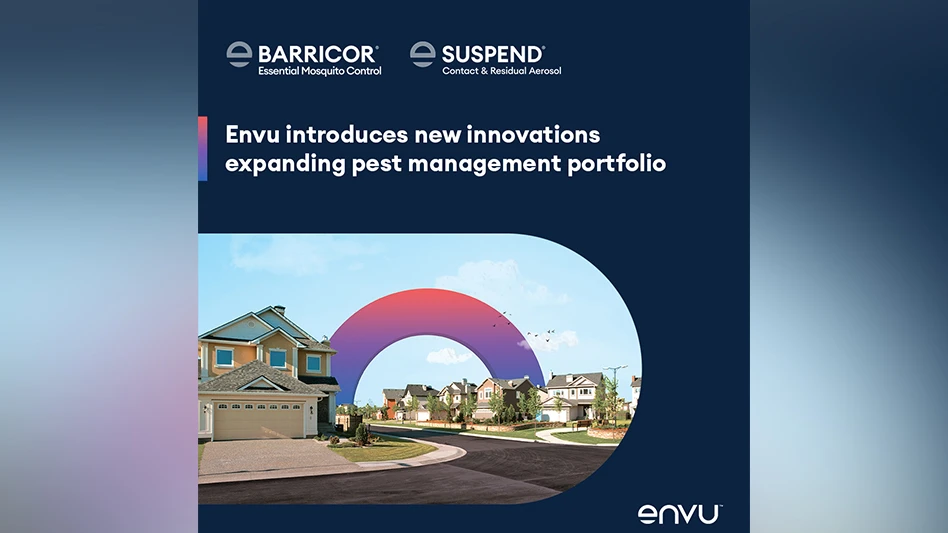
Driven in part by public and regulatory pressure, control strategies for ants are getting a lot more precise. They aim to minimize the amount of toxicants applied in the field and reduce exposure to non-target organisms.
VIRUSES. “We’re looking at bio-controls and a lot of those are pathogens,” said David Oi, research entomologist at the USDA Agricultural Research Service in Gainesville, Fla. Researchers have identified naturally occurring viruses that target fire ants and tawny crazy ants. These pathogens may play a role in why some ant populations crash; they potentially could be used to crash populations intentionally.
dsRNAi. Another way to control ants: interrupt their genetic code. Researchers at Texas A&M University and Fujian Agricultural and Forestry University in China identified six genes in tawny crazy ant that could be silenced through double-stranded Ribonucleic Acid interference (dsRNAi). The dsRNA was produced in bacteria that were then fed to ants the lab.
The experiment achieved 40 percent mortality. “I think it shows potential. If we target other genes and maybe work on the delivery system we can greatly improve on that,” said Texas A&M Entomologist Ed Vargo, who was involved in the study. Ultimately, such a bait could be used to control “ants that infest large areas and have a big ecological impact,” such as Argentine and red imported fire ants, he said.
PREY-BASED BAIT. Research by Grzegorz Buczkowski, urban entomologist at Purdue University, could lead to baits that appeal to specific ant species. In two separate studies, he sprayed live termites with fipronil and presented them to either Asian needle ants or Argentine ants in the field, achieving more than 98 percent control while introducing substantially less toxicant to the environment.
Baits with insect-derived attractants would appeal to hard-to-control ants like the Asian needle ant, which prefers live prey and doesn’t take bait granules or liquid baits. Using treated fly larvae and other prey insects is just as effective, as is freeze-dried, treated prey. “They’re still attractive and they still work. It doesn’t have to be a live termite,” said Buczkowski.
BETTER LIQUID BAIT DELIVERY. Researchers at University of California Riverside recently developed a new technology that could make it a much easier to deliver liquid bait to ants, thus reducing the need for perimeter sprays.
Hydrogel bait looks like tiny liquid gel pills. It is made from biodegradable seaweed and has a Jello-like consistency. Ants drink the insecticide-laced sugar water from the surface of the hydrogels and transfer the toxicant to the colony. With two treatments, the bait achieved about a 70 percent reduction in Argentine ant populations in the field within five weeks of the eight-week study.
The author is a frequent PCT contributor.

Explore the June 2019 Issue
Check out more from this issue and find your next story to read.
Latest from Pest Control Technology
- How to Get Rid of Odorous House Ants
- Massey Services Promotes Herndon to Director of Sales for Multi-Family Division
- NPMA Announces First Recipients of NPMA PRO Certified Credential
- Pestmaster of the Hudson Valley Acquires Catskill Animal Damage Control
- Photo Slideshow: Ant Identification Tips
- Video: Top 10 PCT Photo Contest Finalists
- UF/IFAS Study Reveals Boats as Perfect Vessels for Global Termite Spread
- Pest Control Consultants (Iowa) Earns Pinnacle Performance Award





